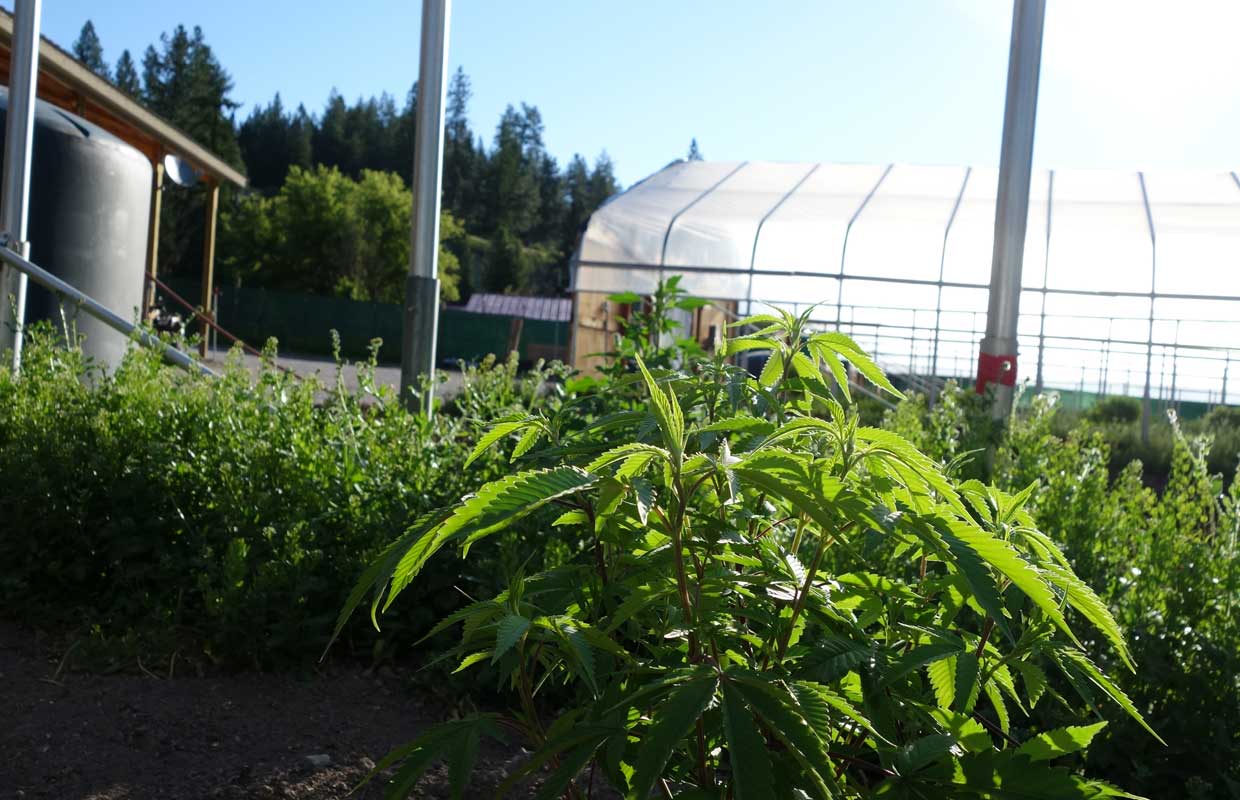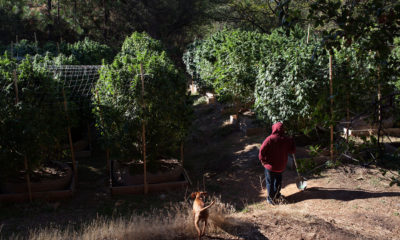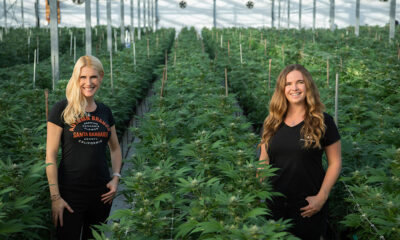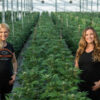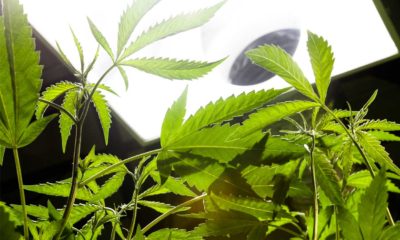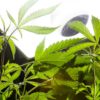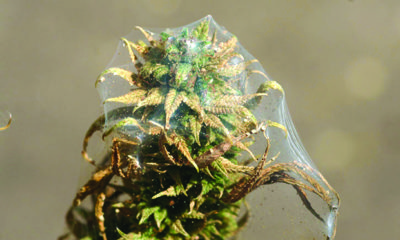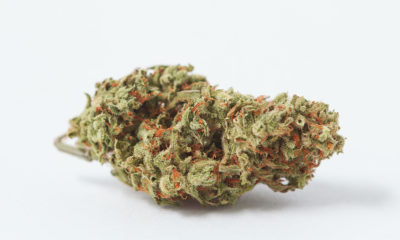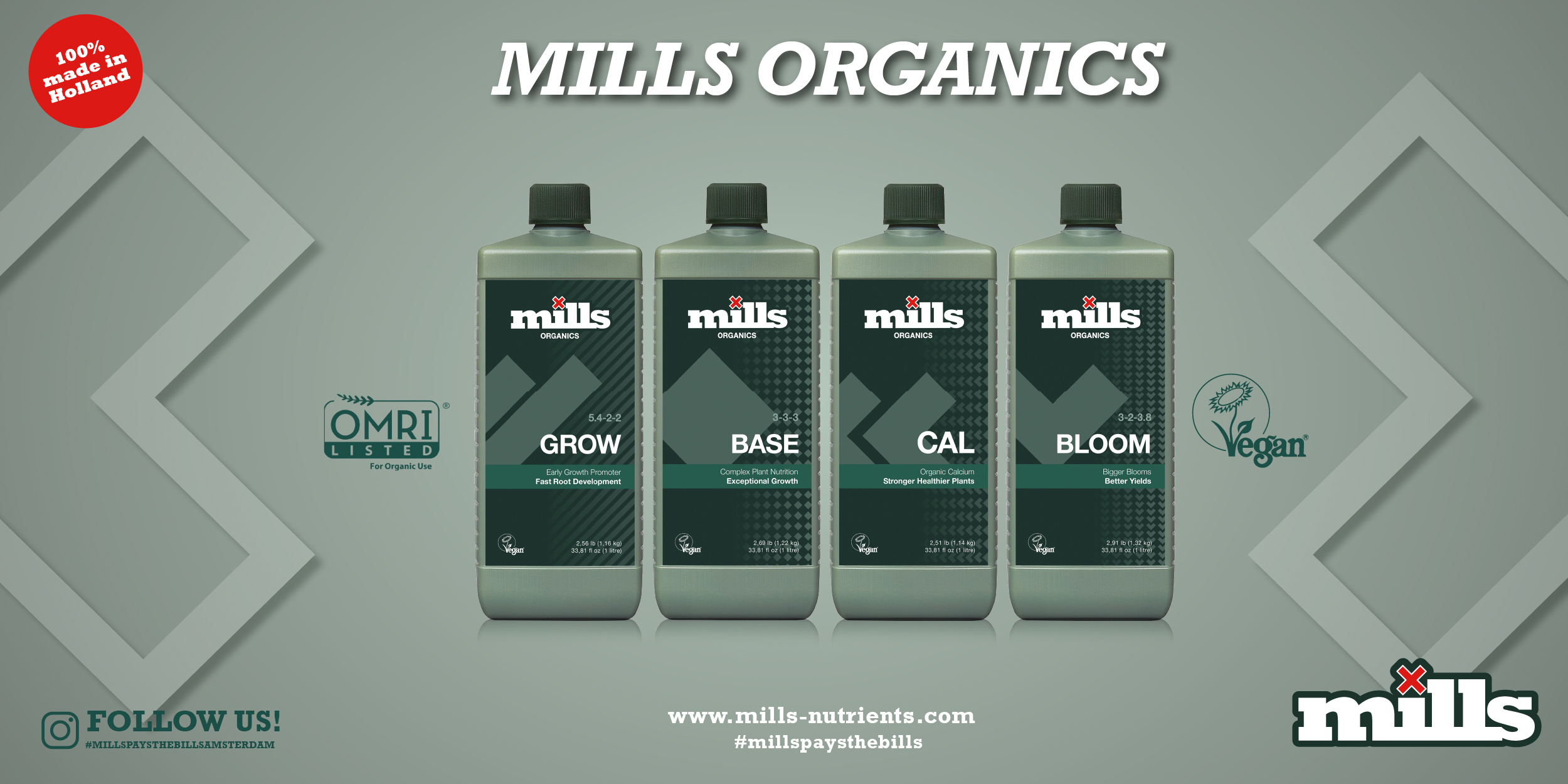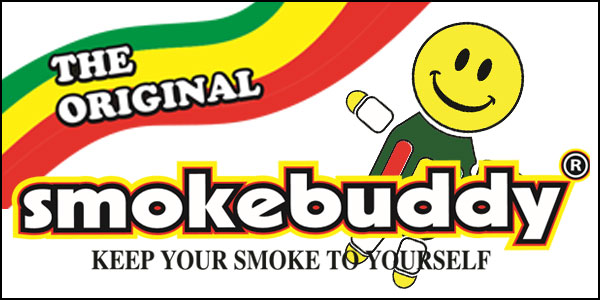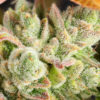Clean Green Certified Cannabis
The past two years have seen the Clean Green program expand from California to Oregon, Washington, Colorado and Nevada. Arizona and Michigan are soon to follow.
Rows of 12-foot cannabis plants practically obscure the sun as they tower over a tall, clean-cut man walking among. He stoops down every few plants to gather a spoonful of dirt, carefully depositing the soil into a baggie before continuing on his odd ritual. At any other kind of farm, the sight of someone sampling the soil to determine whether it’s organic or not wouldn’t seem so strange, yet so few cannabis farms have been inspected and certified by a third-party as organic compliant. Chris Van Hook is working hard to change that.
With a background in certifying crops as United States Department of Agriculture (USDA) compliant, attorney Van Hook founded Clean Green in 2004 after a call to his local USDA representative. Although he was advised to “treat it like any other agricultural crop,” before he could go any further, the federal government issued a memo to all regional offices stating that they were prohibited from certifying cannabis. That’s when Van Hook took things into his own hands and founded Clean Green as an impartial third-party certifying organization.
“If the federal government was not going to allow us to certify that medicine was safe for the patient, I was,” he declared.
For the first several years, growth was slow. But, in 2007, California’s Harborside Health Center became the first dispensary to become Clean Green Certified. For this process, the buying, intake, processing and storage areas were examined to ensure they were compliant for cleanliness and cross contamination amongst other areas, including sales associate training in what it means to be Clean Green. Harborside was also the first to compensate their growers a premium for certified cannabis.
The following years saw Clean Green cannabis come to be vastly preferred in the dispensary market. Growth continued steadily, but there were few cultivators who were comfortable having their property inspected. As cannabis began to gain more credibility across the nation, that has started to change.
When Van Hook was asked recently what he thought were the biggest issues facing increasing acceptance of organic certification, his response had much to do with the trust factors around the lab testing for the cannabis industry.
“We are going to see a lot of labs being weeded out and you’ll see labs in the existing agricultural industry move in,” he said. “The existing mainstream labs all think all of the cannalabs are a joke.”
He believes the lack of standardization between protocols is a significant reason for the flippant attitude towards cannabis testing labs.
“Anyone can hang out shingles, call themselves a lab, start to intake samples and then publish the results, which leads to a tremendous amount of confusion in the marketplace,” he said. “I look forward to this changing under the newly passed SB 266.”
Under the new law, testing will be required of all medicine, but the exact methodologies and procedures are yet to be developed. For instance, in Washington state, where cannabis is legal for adult-use, officials performed a test of all of the labs operating in the state to ensure that their standards were all consistent with one another.
One of the challenges mainstream labs face when entering the cannabis testing arena is that they are all federally licensed and, even with legalization, may be hesitant to defy federal regulations. The widespread use of pesticides is another issue that Van Hook sees as an obstacle for the emerging industry.
“All pesticides are illegal to use unless their use on a particular crop is specified on the label,” he said. “That means that, technically, no pesticides are legal to use, since marijuana is not listed as a crop on any of their labels. Special labels might even need to be developed just for California until there is more federal clarity on the issue. As it stands now, none of the [pesticides available in the marketplace] are legal to use – period.”
Pesticide use, especially among outdoor cultivators, is much more common than many may expect. And with SB 266, many growers will have to come clean about their cultivation methods.
With a new era of transparency and accountability on the horizon, there’s a possibility that more lawsuits related to contaminated medicine will arise as more farms brand and identify the source of their medicine.
“California, with its size and diversity of grow methods, will need to develop a robust set of standards and procedures and apply those to cannatesting labs,” said Van Hook.
“The idea behind Clean Green was always to be a national brand – at least until the federal government and the USDA come to their senses and certify organic cannabis production,” said Van Hook.
He logs thousands of miles a year in his Sprinter van, moving along the highways of the West inspecting farms. Van Hook continues to see his business expand and might one day be viewed as the Lorax for cannabis. He truly does speak for the trees.
Originally published in issue 19 of Cannabis Now. LEARN MORE
Is organic medicine important to you? Do you purchase cannabis that’s Clean Green Certified?



